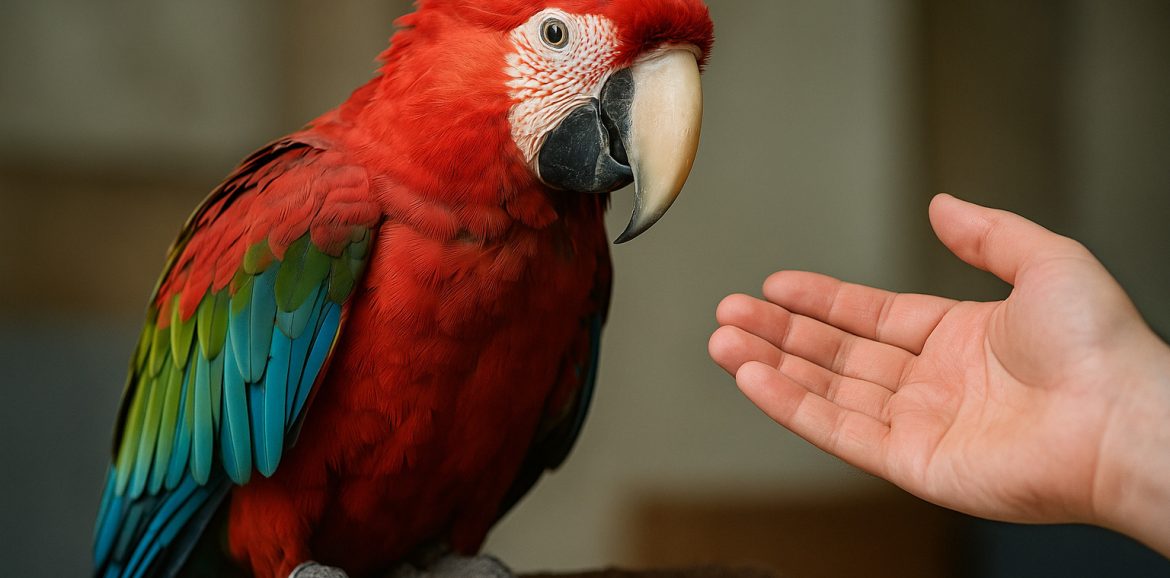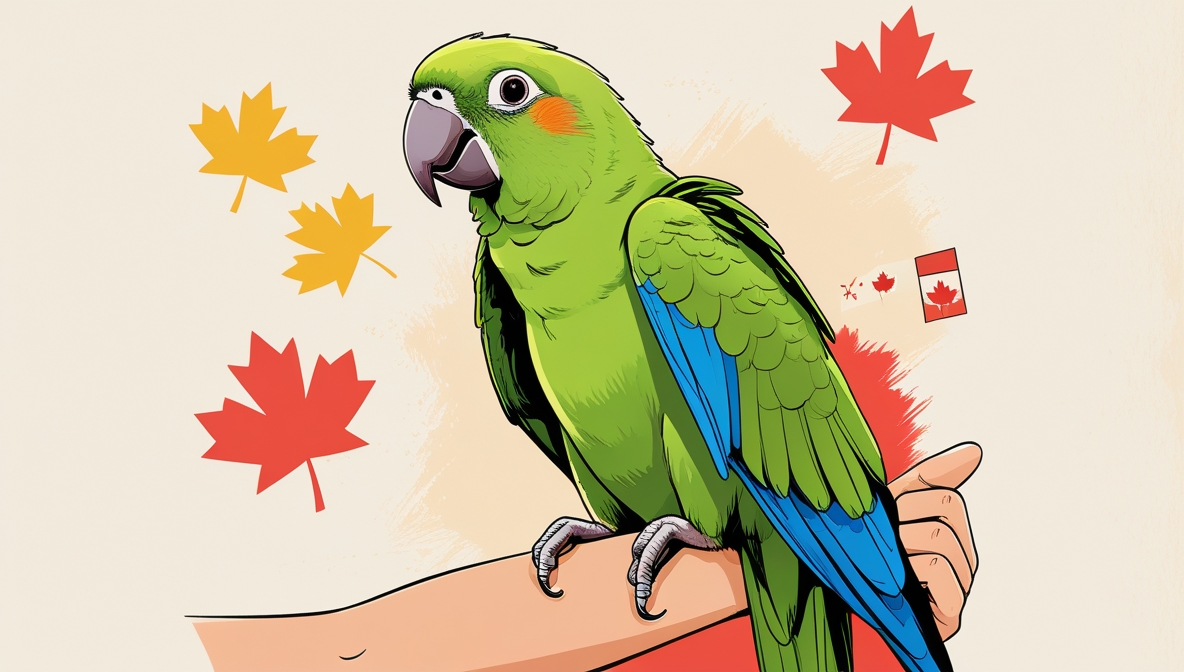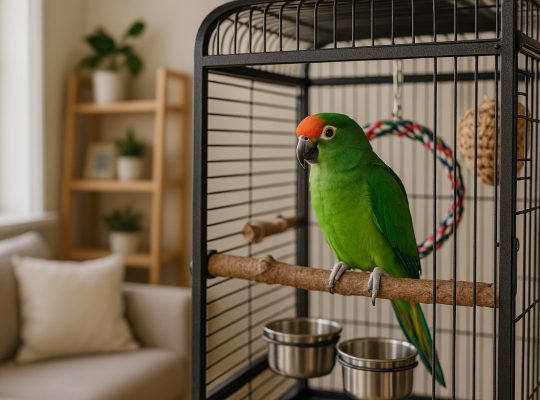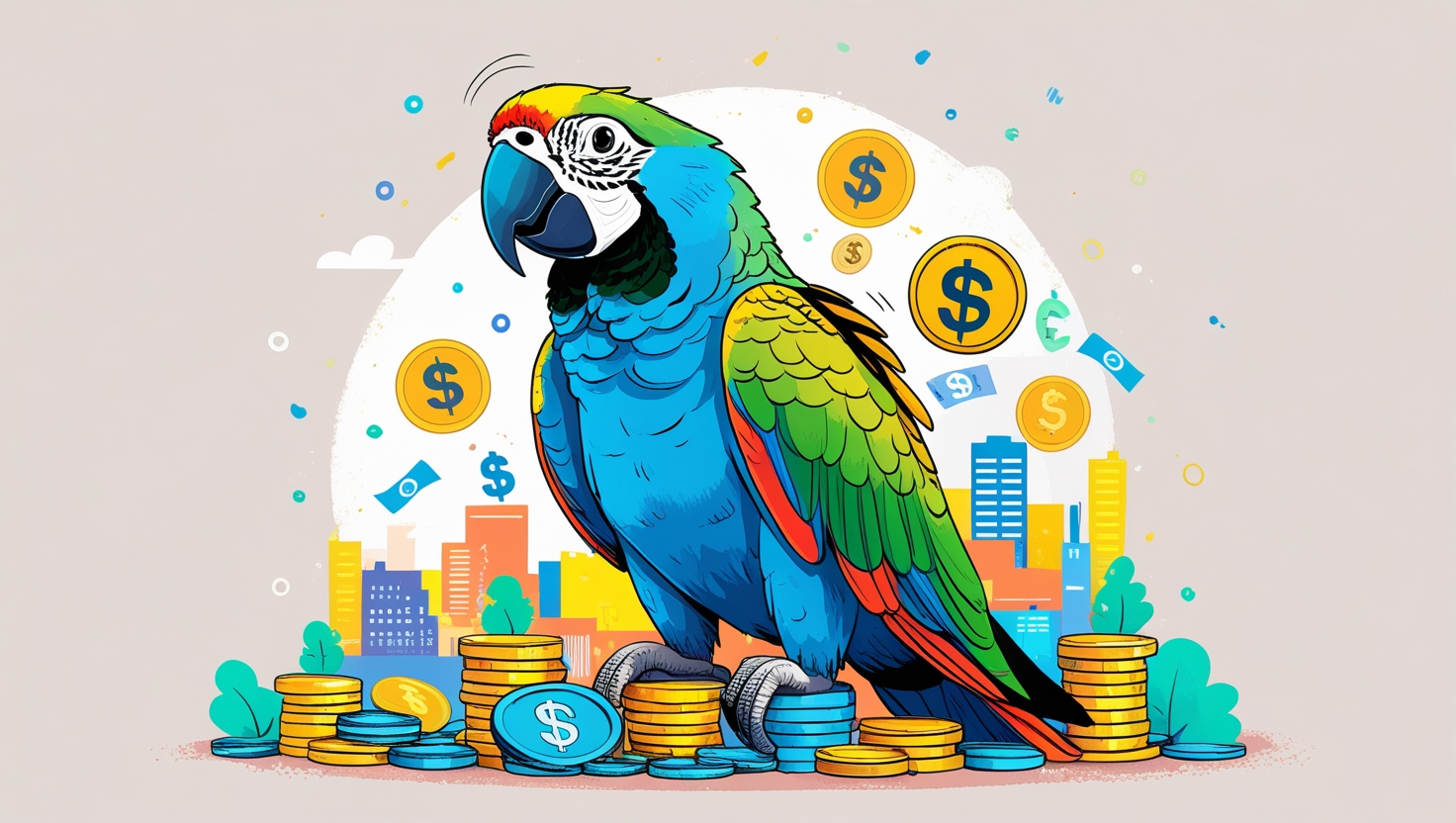Parrots are intelligent, social creatures with deep emotional needs. When neglected or abused, they can suffer silently for years—becoming withdrawn, fearful, aggressive, or completely shut down. Helping such a parrot heal takes patience, strategy, and consistency. Emotional recovery doesn’t follow a timeline. But with the right approach, even the most broken parrot can learn to trust again.
1. Understand the Damage
Before any progress can begin, observe. Neglected parrots often:
- Cower or shake at sudden movements
- Refuse to vocalize
- Self-mutilate or pluck feathers
- Exhibit repetitive behaviors like pacing or rocking
- Lash out with bites even when unprovoked
Each behavior carries a story. Don’t rush to “fix” them. Instead, begin with silent observation. Get to know their patterns. Learn their triggers. Respect their space.
2. Give Them a Safe Environment
No healing happens in chaos. The bird’s environment must feel predictable and calm.
Start here:
- Quiet Placement: Keep the cage in a quiet area but not isolated. A low-traffic part of the house, away from loud televisions or shouting, works best.
- Stable Lighting: Consistent light and dark cycles support circadian rhythms. Use natural light during the day and allow darkness at night.
- Cage Security: Ensure the cage is secure and large enough to spread wings. A covered corner or partial cage cover can give them a sense of safety. If you’re preparing their space, you can buy parrot supplies in Canada from reputable local or online stores specializing in avian care.
- Avoid Overhandling: Don’t force interaction. Standing nearby is enough in the beginning. Let the bird initiate contact—if and when they choose.
3. Establish Routine
Parrots thrive on routine. It signals safety and reduces anxiety.
Create a fixed schedule for:
- Feeding Times: Use consistent feeding times with quality pellets, fruits, and vegetables.
- Cleaning: Clean the cage daily without startling the bird. Do it at the same time each day.
- Social Interaction: Spend time near the cage, talking gently. Read aloud. Hum. Consistent presence builds familiarity.
Repetition builds trust.
4. Start with Body Language Communication
Verbal cues mean little in the beginning. Body language says everything.
What to look for:
- Pinned eyes and raised feathers = overstimulation or fear
- Head bobbing and grinding beak = contentment
- Cowering and turning away = discomfort
Mirror their pace. If they retreat, back off. If they edge forward, stay still. Respect non-verbal signals. Trust builds when the bird sees its cues being honored.
5. Use Positive Reinforcement, Not Punishment
Punishment shatters progress. Never yell, swat, or spray water at a parrot. These actions reinforce fear.
Instead:
- Reward curiosity with a treat
- Praise softly when the bird stays calm
- Offer favorite foods by hand but never force them to take it
- Avoid eye contact if they become overwhelmed—it can feel like a threat
Even small steps, like staying calm in your presence, deserve reinforcement.
6. Reintroduce Toys and Enrichment Slowly
Abused parrots often lose interest in play. Toys may even trigger bad memories. Rebuild their world one item at a time.
Ideas:
- Start with simple foraging toys (like treats hidden in paper)
- Avoid toys with mirrors or bells initially
- Rotate toys to keep the environment engaging, but don’t swap them too fast
- Try natural textures like untreated wood, paper, or coconut shells
Let them watch you play with the toy from outside the cage first. Demonstration reduces fear.
7. Be Mindful of Human Triggers
Many abused parrots fear hands, towels, or specific genders. If the previous abuser was male, the bird may panic around men.
Adapt by:
- Sitting instead of looming over the cage
- Using slow, predictable motions
- Wearing consistent clothing that isn’t overly bright or patterned
- Speaking in soft, rhythmic tones
Each bird responds differently. Avoid assuming they’ll respond the same way to everyone.
8. Introduce Socialization Gradually
Once basic trust forms, widen their social circle slowly.
Steps:
- Allow them to observe family members from a safe distance
- Use a neutral area outside the cage, like a perch stand
- Always supervise interactions, especially with children
- Set time limits—overexposure can be overwhelming
Let the parrot choose who to engage with. Bonding can’t be forced. If you plan to introduce a new parrot to your home, consider starting with slow, supervised interactions in a neutral area to avoid territorial stress.
9. Accept That Setbacks Will Happen
Healing is not linear. A loud sound, an unexpected guest, or a simple change in cage position can regress weeks of progress. Don’t panic. Don’t punish.
Pause. Re-establish routine. Return to the last safe step. Progress will resume once the parrot feels safe again.
10. Know When to Get Professional Help
Some emotional scars run deep. If the bird exhibits extreme self-harm, aggression, or constant fear, consult:
- Avian veterinarians: For medical and nutritional issues contributing to stress
- Certified parrot behaviorists: For trauma-informed behavioral plans
- Rescue groups like ParrotScanada.org: For advice, rehoming guidance, or support networks
You don’t have to do it alone. Healing often requires a team.
Final Notes
Helping a neglected or abused parrot recover emotionally means showing up every day—even when there’s no sign of progress. It means learning the language of feathers, eyes, and silence. The bird may never forget the trauma, but it can learn to trust again. And in that trust, a new bond forms—not out of dominance, but mutual respect.



